The following is a selection from the e-book “MarTech’s agile marketing for leaders.” Please click the button below to download the full e-book.
Agile marketing only succeeds when leaders like you are on board with the cultural and behavioral changes needed by everyone in the organization. And as a leader, your modeling of these behaviors is going to set the stage for what people feel they can do – especially if it’s vastly different from how they’ve worked in the past. Let’s explore some key things that your agile marketing teams need from you as a leader.
Provide clear, outcome-based goals
Without clear, outcome-based goals, you have teams that are working hard, but not necessarily
working smart. They may be extremely busy and productive, but that doesn’t mean they’re working
on the right things.
Read next: How marketers embrace agile ways of working
By providing clear, outcome-based goals, or helping the organization develop them if providing
them is not your role, you will vastly impact how well your teams will deliver valuable work. This is a
critical first step so teams aren’t running in circles.
Empower people
Be completely honest with yourself and think about whether you’re mostly a directive or empowering leader. Directive leaders tell teams what to do. Empowering leaders ask the teams for their opinions and
offer guidance and support.
By being an empowering leader, you’re allowing your teams to grow and problem-solve so that you can work on more important issues.
It also speeds up the teams because they’re able to make their own decisions without waiting for an answer from you.
Trust your team
Do you trust my team to solve their own problems? If not, what do you need to build trust? Before you can empower your team, you need to trust them.
Think about a time that the team let you down. What happened? What would you ask from them next time? Maybe some content went out that had a ton of typos. Were you able to talk to the team about why this may have led to mistrust? If it was relatively recently, take the time to have those transparent conversations right away. Ask the team what ideas they have for ensuring it doesn’t happen again.
Value learning and experimentation
Do your employees see you as someone who really values learning and experimentation? You need to show people that this is not only okay, but valued.
You don’t value learning and experimentation unless it’s built into the way your teams work. Some companies hold regular innovation days where teams don’t work on any regular projects, but spend the day learning a new skill, testing new ideas or brainstorming creative new ways to do marketing.
Other companies make this part of their day-to-day work by not planning new work to the brim, but by leaving time and space for innovation. I’ve also seen innovation happen when one person may be a bit lighter on work, but instead of going to the next story in the backlog, they learn something new.
However, at 99% of marketing organizations out there (okay, that’s a guess), learning and experimentation is actually not valued. People may hear it’s valued, but without time and space for it, it’s never going to happen. The majority of employees are conditioned to think that executing new work is the only way to prove themselves. As a leader, this is a big culture change that you need to continually reinforce.
Be comfortable planning at the last responsible moment
Planning at the last responsible moment is essential to marketing agility, but first you must be comfortable with not knowing everything upfront. You need to embrace the idea that plans are emergent and get better refined as the work gets closer and closer.
To show that you are embracing this new way of planning, you probably need to change the way planning happens today. Think about the minimum amount of detail that’s needed to get work funded. Then, what is the minimum amount of detail needed for people to start working? This gets you out of the really costly cycle of too much upfront planning that changes later anyway.
Embrace change
As a leader in agile marketing, embracing change needs to be at the core. Now, keep in mind that this doesn’t mean that you can ask the team for new work every single day because you’re embracing change — there’s a big cost to that in context switching and overloading the team.
However, making changes because higher business priorities arise before the team begins working
in their sprint is good.
Not following the plan at all costs is agile. Just make sure that changes happen for valid business reasons and don’t lead to ping-ponging the team around. That’s not agile; that’s just plain chaos.






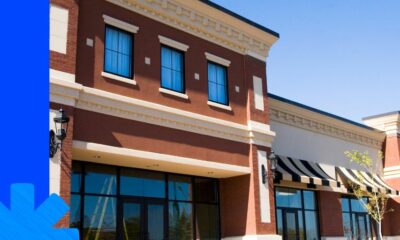

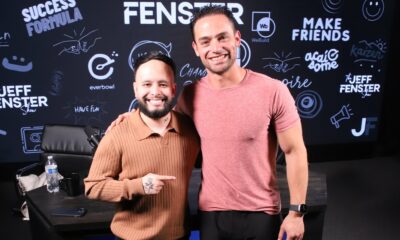

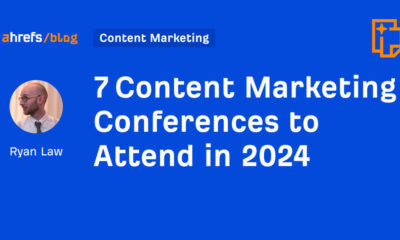

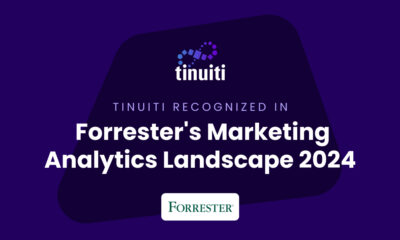

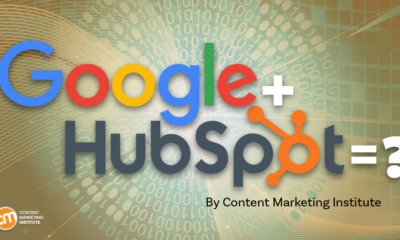

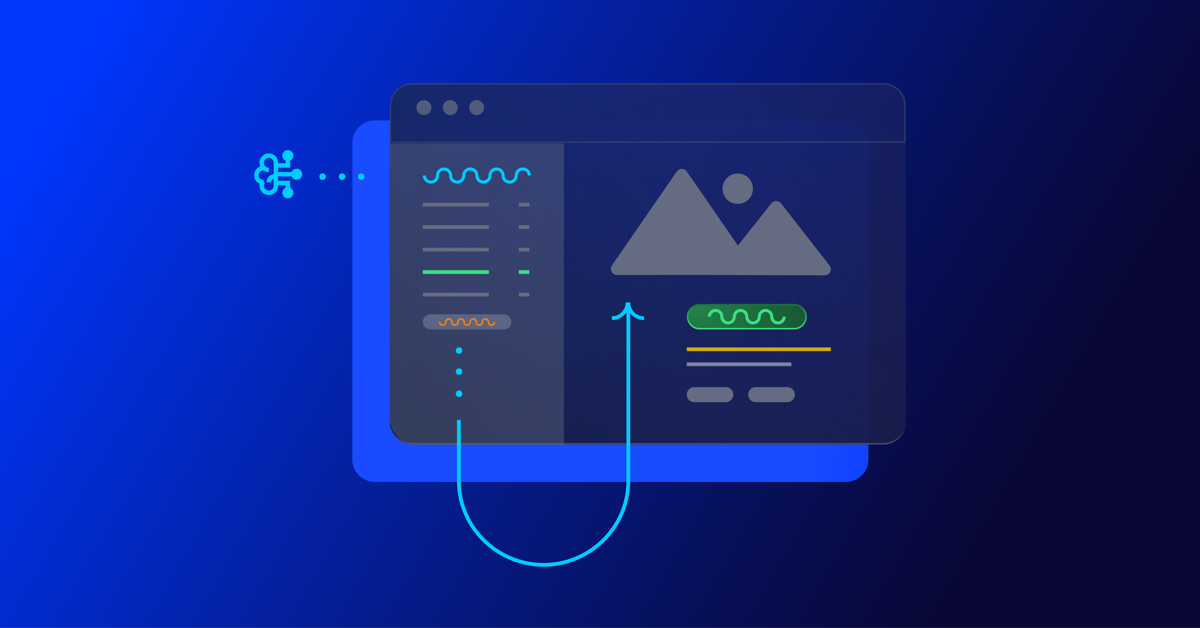
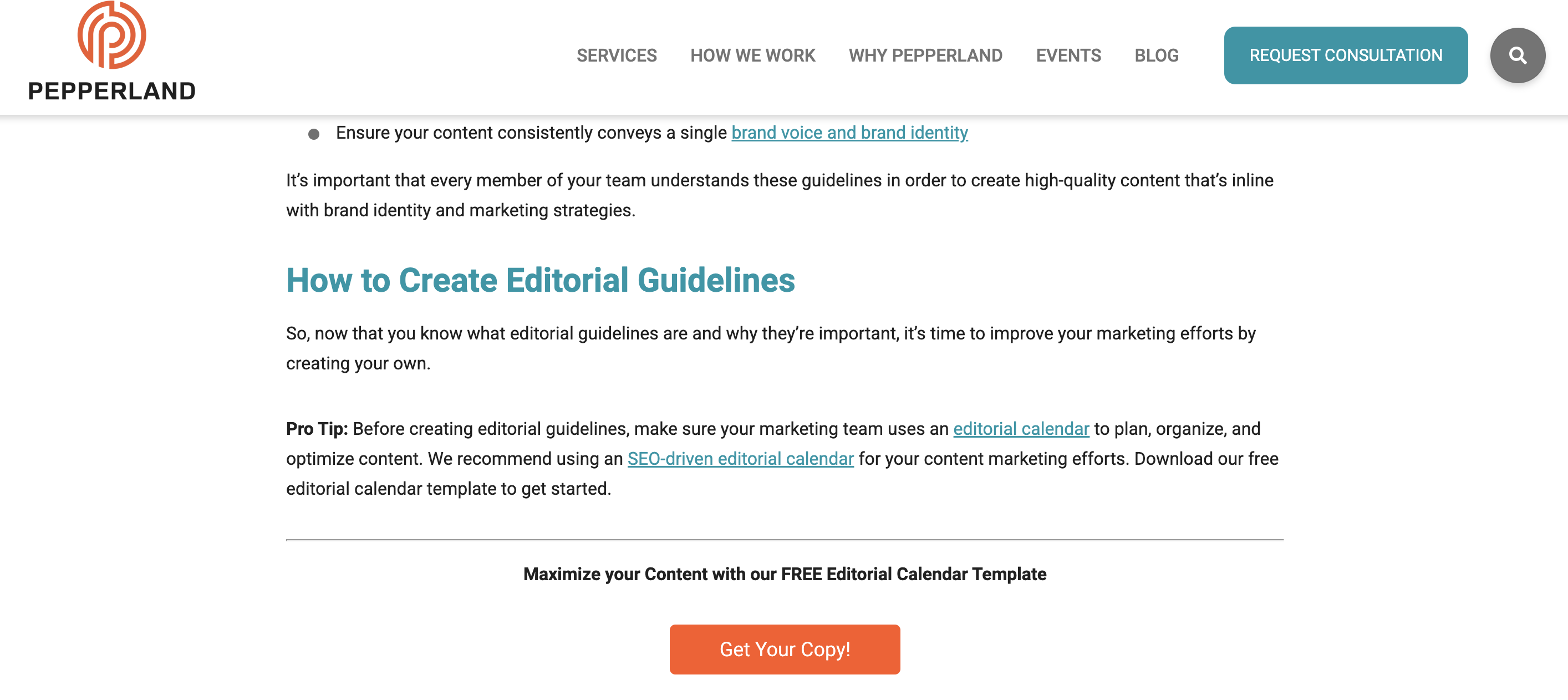























You must be logged in to post a comment Login